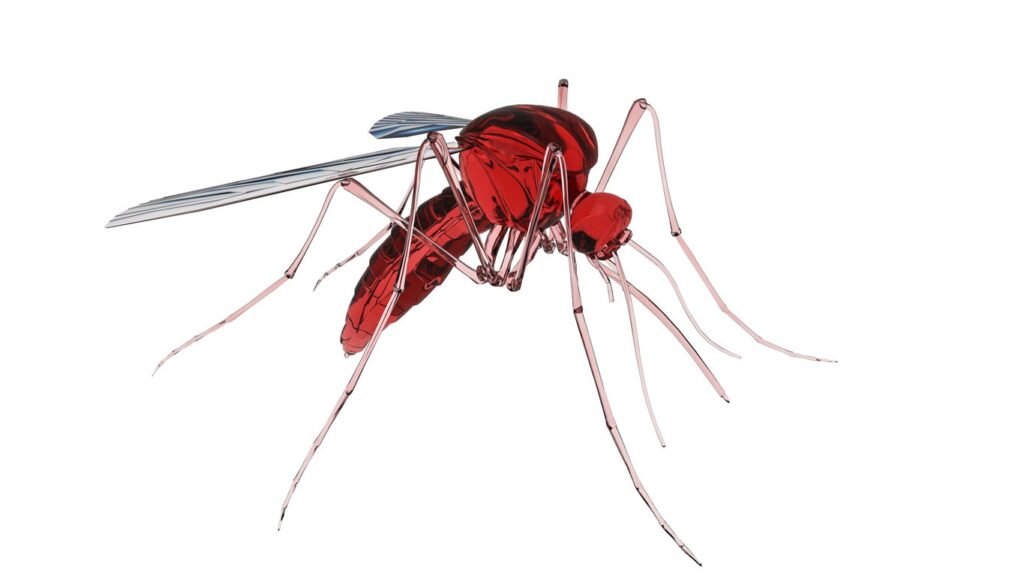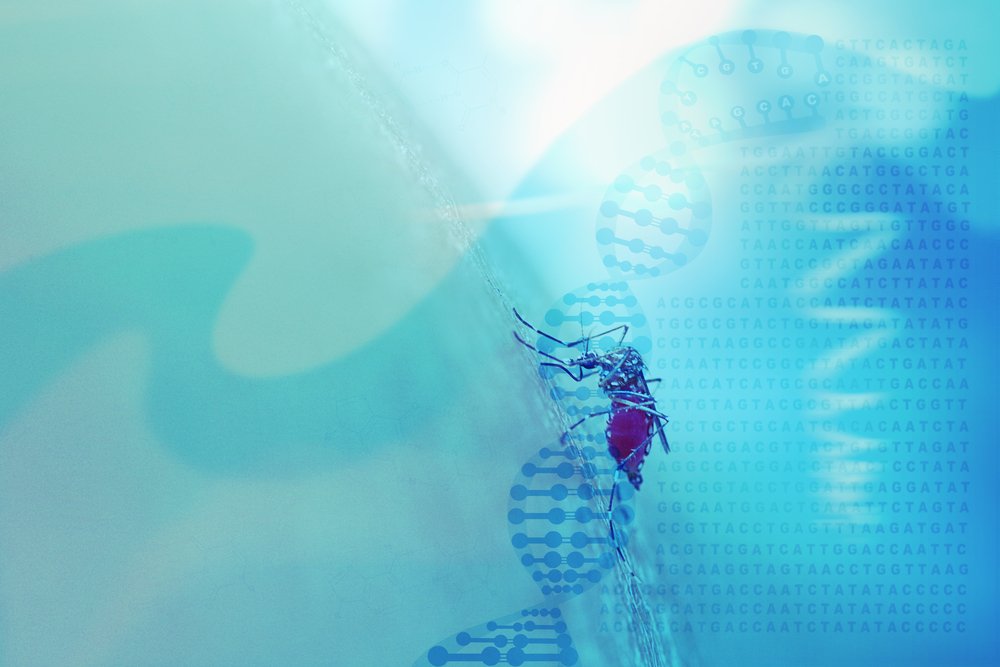Mosquitoes Are Being Designed to Collapse Their Own Populations

One of the boldest goals in modern genetic science is to control mosquito populations by rewriting their biology. Using a technology known as gene drive, researchers have engineered mosquitoes to carry genes that render female offspring sterile or prevent them from surviving at all. These modified mosquitoes are then released into the wild, where they breed with natural populations and gradually suppress future generations.
The idea sounds like science fiction, but field trials in parts of Brazil, the U.S., and Africa have already begun. Over time, the local mosquito populations begin to crash — especially species like Aedes aegypti, which spreads deadly diseases like dengue, Zika, and yellow fever. It’s a targeted solution meant to protect human health. But what’s less clear is how reducing or eliminating a key insect population will impact the greater ecosystem. Even a mosquito — annoying as it is — plays a role in the food web, and removing it could cause ripple effects that we’re only beginning to grasp.
Some Species Are Being Edited to Self-Destruct
Beyond just reducing mosquito populations, scientists have developed a method to essentially program mosquitoes to self-destruct after mating. In some versions, male mosquitoes are engineered to carry a genetic switch that triggers death in their female offspring, ensuring the next generation doesn’t survive. These genetic codes are heritable, meaning they continue spreading even without repeated releases.
This strategy is powerful because it requires less ongoing intervention than traditional pest control. It’s not about spraying chemicals or draining swamps — it’s about flipping a biological switch from within. But the scale and persistence of this method raise concerns. If a modified gene spreads too widely or unpredictably, it could affect related mosquito species or even other insects unintentionally. The very design that makes gene drives so effective — their ability to spread rapidly — also makes them difficult to control once released into open environments.
The Impact on Predators and Pollinators Is Largely Unknown
Mosquitoes are often seen as villains and for good reason but they’re also part of many food chains. Birds, bats, frogs, dragonflies, and fish rely on mosquitoes and their larvae for food. In some ecosystems, especially tropical and aquatic ones, they’re a key nutrient source. So what happens when large swaths of mosquitoes vanish due to genetic engineering?
Researchers are beginning to study how these losses affect animals higher up in the food chain, but data is still sparse. Some species might adapt by switching to other prey. Others might struggle if their diets are specialized. And while mosquitoes aren’t major pollinators compared to bees or butterflies, some males do feed on nectar and could contribute in small but significant ways to plant life. As engineered mosquito populations decline, ecosystems might shift in subtle and unpredictable directions not overnight, but gradually, like a quiet tide turning.
Local Ecosystems Could Change Without Anyone Noticing

One of the most disconcerting aspects of genetically engineered mosquito programs is how quietly they operate. Releases often happen in controlled areas, with little public fanfare, even though the genetic changes introduced can persist and spread indefinitely. Because mosquitoes reproduce quickly and in large numbers, even a small release can have a cascading effect over seasons.
This means ecosystems could be gradually shifting in response to genetic engineering without the changes being visible to the average person. Over time, insect diversity might decline, predator-prey relationships could shift, and plant pollination patterns may subtly change. These aren’t effects that make headlines, but they matter — especially in already fragile ecosystems. Scientists and ecologists are urging caution, not because the technology isn’t powerful, but because nature often reacts in ways we don’t fully predict until long after the fact.
Disease Rates May Drop, but at What Ecological Cost?
One of the strongest arguments in favor of releasing genetically engineered mosquitoes is their potential to drastically reduce human suffering. In places where mosquito-borne illnesses like malaria, dengue, and chikungunya are endemic, gene-edited mosquitoes could be life-saving. Fewer mosquitoes means fewer bites, fewer infections, and in some cases, fewer deaths. That’s a hard benefit to ignore, especially in under-resourced regions where healthcare systems are already stretched thin.
But these victories come with ecological trade-offs that aren’t fully understood. By focusing on the species that harm us most, we might overlook how interconnected they are with other forms of life. Ecosystems don’t adjust neatly to our intentions. Removing a major insect population, even one that spreads disease could lead to an imbalance, opening up ecological niches for more invasive or harmful species to fill. The win for human health may also create silent consequences in the natural world, ones that science may only grasp decades later.
Engineered Mosquitoes Could Spread Beyond Their Target Zones
Once genetically modified mosquitoes are released into the wild, they don’t recognize political boundaries or stay confined to test zones. Winds, mating behavior, and climate shifts can carry them across landscapes and even into neighboring countries. In fact, one of the key features of gene drive technology is that it’s designed to spread quickly and thoroughly — which can be both a strength and a risk.
This raises the possibility that genetically engineered genes could end up in places they were never intended to reach. Countries that didn’t approve or prepare for such programs might suddenly find these modified insects within their borders. The ecological conditions could differ, meaning the gene might behave differently, mutate, or affect non-target species. Scientists are working on “reversible” gene drives or self-limiting traits to prevent uncontrolled spread, but the technology isn’t perfect yet. In a globally connected ecosystem, even small-scale changes have the potential to ripple outward.
We May Be Writing Evolution’s Next Chapter Without a Map

Genetically engineering mosquitoes isn’t just an experiment in public health — it’s an intervention in evolution itself. By altering the DNA of an entire population, we’re rewriting what nature took millions of years to shape. And we’re doing it quickly, without fully knowing the long-term consequences.
Scientists are excited about the possibilities, but many also acknowledge that we’re entering uncharted territory. Unlike traditional environmental interventions, gene drives and genetic modifications don’t fade over time. They propagate, evolve, and interact with the ecosystem in ways that can be hard to reverse. As this technology becomes more widespread, we’ll need not just scientific oversight, but international cooperation, transparent ethics, and ongoing monitoring. Because while engineered mosquitoes may be small, the questions they raise are anything but. In our attempt to outsmart nature, we may end up redesigning it — and we need to make sure we’re ready for what that means.
